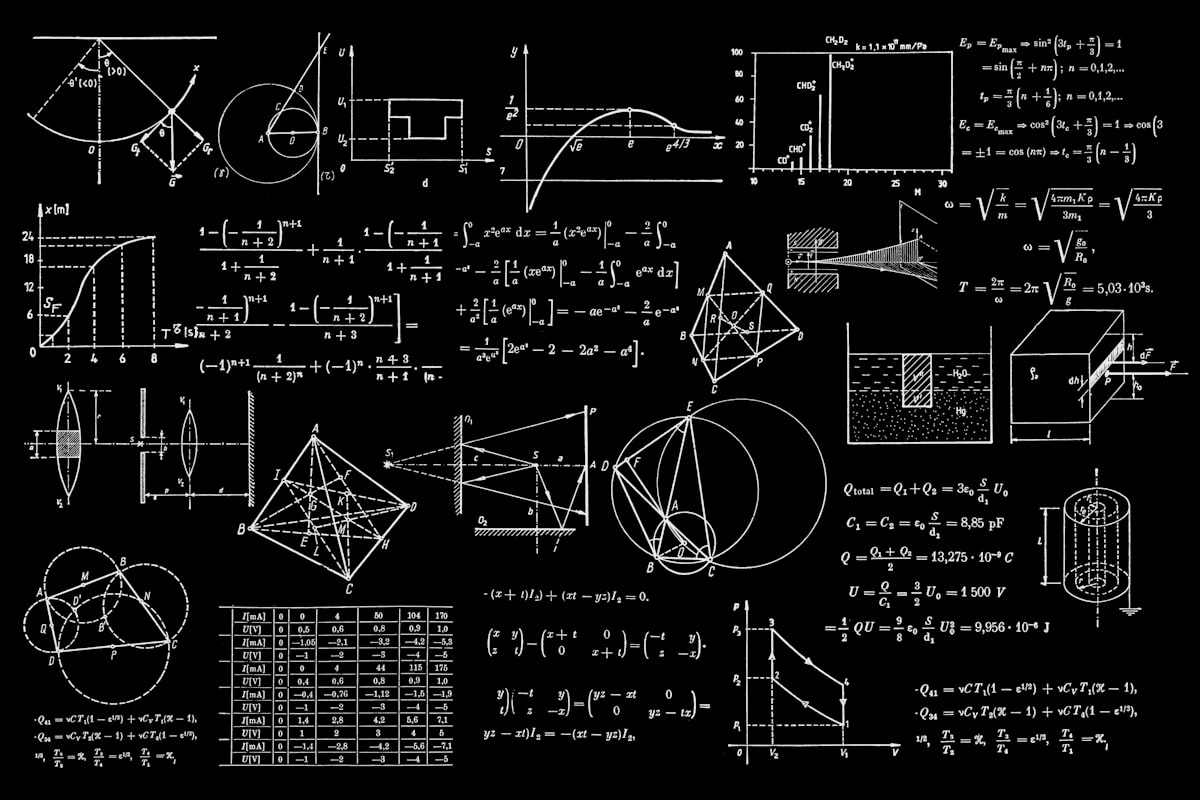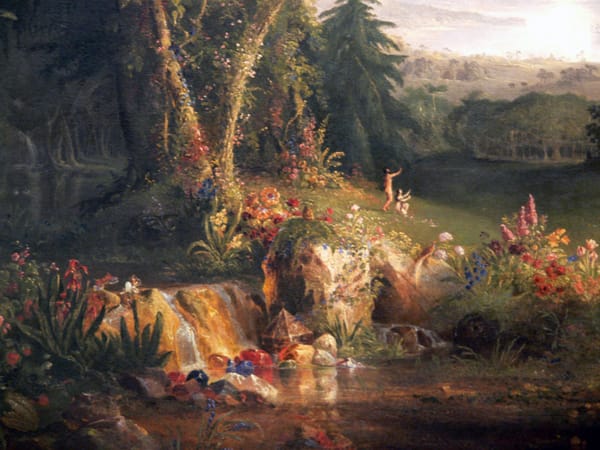Algebraic Design
When is game design like painting with acrylic or oil on canvas, and when is it akin to sculpting?

It may be a useful lens to separate additive, multiplicative, and subtractive design efforts. Thought tempting, I refrain from stretching this analogy to division, exponentiation, factorisation, et cetera.
Additive design
Additive design is the most common form of design we might envisage, and is like acrylic on canvas. Imagine a nascent game about Cold War international espionage action, and that we decide this game needs guns. The commonest approach is to start adding rules to the game: a list of specific or archetypal firearms, a tabulation of properties, and procedures for discharging them and determining their heinous acts upon the flesh. The notion is that we make the game about something, and give the players something to play with, by spelling out the details.
Tangentially, this habit is linked to the straining girth of equipment, skills, classes, species, spells, magic item and what nots throughout the hobby. Understandably in a fantastical medieval wargame specifying the range, radius and offensive power of a fireball is necessary. It seems less insightful to spend bits and ink describing humans or a sword in a paragraph or two.
Multiplicative design
Multiplicative design is appropriately the extension of additive design, where each element has high interactivity/connectivity with the other elements. This may be inapt, but I think of it like oil on canvas, as new strokes mix and layer in with the existing work. The goal is to achieve emergent complexity. This concept was highlighted by Nintendo in their GDC presentation on the chemistry engine in Zelda: Breath of the Wild. Examples may include slot-based encumbrance that incorporates fatigue or wounds alongside supplies, or the use of spark tables to generate unusual gear.
In our theoretical Cold War game, we might want to define different manufacturers and after-market modifications of different calibre firearm designs. We want a player to combine these components and carry an iconic bespoke pistol, and if we set these up well, each combination may be qualitatively and quantitively unique.
Imagination games are particularly well suited to multiplicative design. The greatest challenge in board games (and an order of magnitude worse in digital games) is ensuring all combinations of elements are at minimum functional, and ideally meaningful. Loot-based video games like Gearbox's Borderlands need to not only generate random statistics for each weapon, but generate a plausible but distinct visual representation. Our imaginations have far more potent mental glue to stick all the messy playthings together into a coherent and meaningful whole.
Subtractive design
Subtractive design is rarely the first approach a designer grasps to solve a problem, but it is just as important. Akin to sculpting, we enrich the core experience or elements by taking away all that can be spared. This applies to all experiences, at minimum because a player spends finite real-world time playing. Each element levies the opportunity cost of not currently engaging every remaining element. The impact is amortized by its duration.
There is an apocryphal tale, by way of John Harper, about Vincent Baker's ultimate firearm rules. We specify nothing about different firearms in our game text, but instead extol that the players consider the fiction as concretely as they are able given their collective knowledge, and then adjudicate accordingly. One group might end up calculating muzzle velocities and bullet drop off, another might just flip a coin for hit location (Head or Tails). In our Cold War hypothetical, we could instead prescribe nothing, only prompting each player to write a descriptor or draw the engraving, then play to find out what happens.
Fruitful voids
This exemplifies a unique property of imagination games compared to other mediums: the fruitful void. If the players care about something, but we don't completely define it, they will by nature and necessity fill that void with their own imaginings.
Critically, our game can therefore be about something we don't define in the text, but in so doing we hand over the reins to the players. This double-edged sword drives to the exuberant heart of DIY elfgames. Consider Spoor: in a sense it is a complete fantasy adventure game; I could certainly run it with no additional materials. Converesely, it is also woefully incomplete: if I handed it to someone who had never played an imagination game before, the best they could probably make of it is to prop up an uneven table leg.
This relates to a post-structuralist view of play culture: an imagination game as experienced at the table is indelibly formed from each player's own past experiences and psyche. People can play pretend without a formal game: the curated ideas, rules, procedures all exist to propel the experience into unfamiliar territory, and afford our creativity an edge on which to crystallise. We cannot place strict boundaries on what a game is about or how it is experienced in play based on the text alone: the map is not the territory.
Next time, we turn from ideation to praxis, and review gaming examples where less is more.




